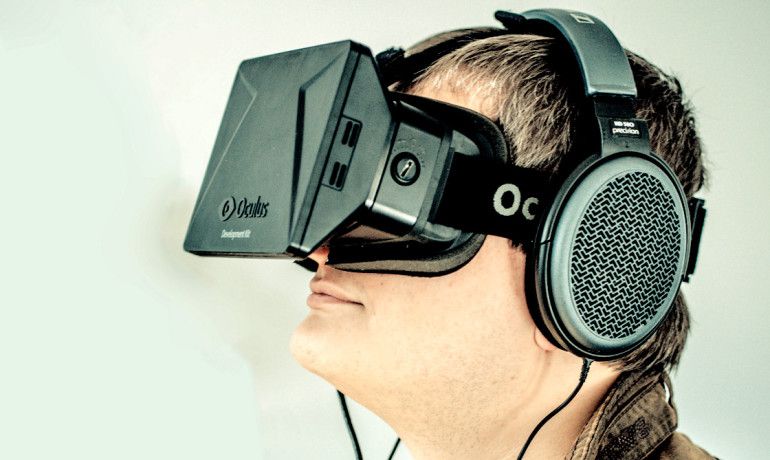
#Video game motion sickness glasses mods
ini files or turn to mods to help them.Įven those unaffected by motion sickness should consider sitting further away from the display and adding more light to the room. Unfortunately, some games prove more difficult to adjust given their lack of native options, meaning players might have to dig around within the. It could be any of these that is causing motion sickness, so experimentation with settings is key. It is certainly not the most comfortable solution.Ĭustomisable settings are an affected player’s best friend, from the ability to turn head bobbing and motion blur off, to upping the field of view and adjusting the sensitivity of movement. Sadly, there’s no way to tell how long this process might take, or if it will work at all. While users are recommended to stop playing when symptoms appear, accompanied by fresh air and a glass of water, repeated sessions with the offending game can help those affected get used to the on-screen movements. The best way to get past motion sickness is to not be deterred. If the player is moving the camera in unexpected ways, the spectator might feel that this is jarring, getting a spell of motion sickness as a result. Nowadays just about anyone can be affected, including viewers within the rising popularity of streaming services such as Twitch. In both cases, the trouble is caused by movements that are made in game that may not exactly translate to those made in the real world. While games such as Guitar Hero have presented a more physical type of motion sickness than others, it's the growth of virtual reality technology that has truly brought the problem to the forefront of discussion. Motion blur is another potential cause of motion sickness despite its hopes of making swift turns more authentic, thanks to the perceived shift in speed of objects leaving the player’s peripheral vision. Unfortunately, this can be a cause of motion sickness that is often worsened if the game also places movement in the player’s weapon. Head bobbing within games has become a common feature in first-person view, intended to simulate actual human movement. Certain fields of view can give the user a sense of falling, particularly when set too low, however the biggest culprits seem to be certain camera movement and effects. No single factor can be claimed to cause simulation sickness given the subjectivity of the player, however some mechanics are more common causes than others. The cause of Motion Sickness in video games Despite hearing wonderful things about the zombie survival game, I got just 30 minutes in before motion sickness once again dawned upon me, ruining my experience. Due to this, I decided to leave Fallout 4 behind and I set my sights on Techland’s Dying Light as my next adventure. I simply couldn't maintain concentration long enough to absorb what was happening in-game. I felt embarrassed, as if this somehow took away my credibility as a gamer, especially since I was struggling to engage in conversation around one of the hottest topics of 2015. After just 24 hours of playtime under my belt, I was left with a much different feeling – my first experience with motion sickness.Īfter every session with the Fallout 4, I came away feeling disorientated with a distinct headache and an odd shortness of breath. By the time Fallout 4 came around in 2015, many fans were disgruntled at the dilution of RPG mechanics, criticising the title for not being what they’d built up excitement for across the years. My Experienceįallout 3 set a precedent for open world titles back in 2008 and while Fallout: New Vegas helped tide fans over, it wasn’t a replacement for the long-awaited mainline sequel. Symptoms are often shared between all types of motion sickness, with the victim potentially feeling dizziness, headaches, heavy sweating, an excessive production of saliva and/or, most commonly, nausea. Although this traditionally stems from being at sea, also known as seasickness, or within a car, known as car sickness, motion sickness within video games is known as simulation sickness thanks to its origin within flight simulators.

Motion sickness is caused when the visual perception of movement doesn’t align with the other senses, essentially meaning that what you’re seeing is not what you’re feeling. Today we are exploring exactly what causes some gamers to suffer from motion sickness and what you can do about it. However, this jump also kickstarted the increasingly widespread problem of motion sickness. The jump to 3D paved the way for more immersive worlds and an expansive range of new mechanics to keep players entertained. It’s fair to say that video games have come leaps and bounds since the days of 8-bit and 16-bit graphics.


 0 kommentar(er)
0 kommentar(er)
